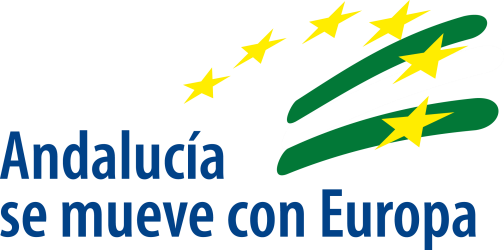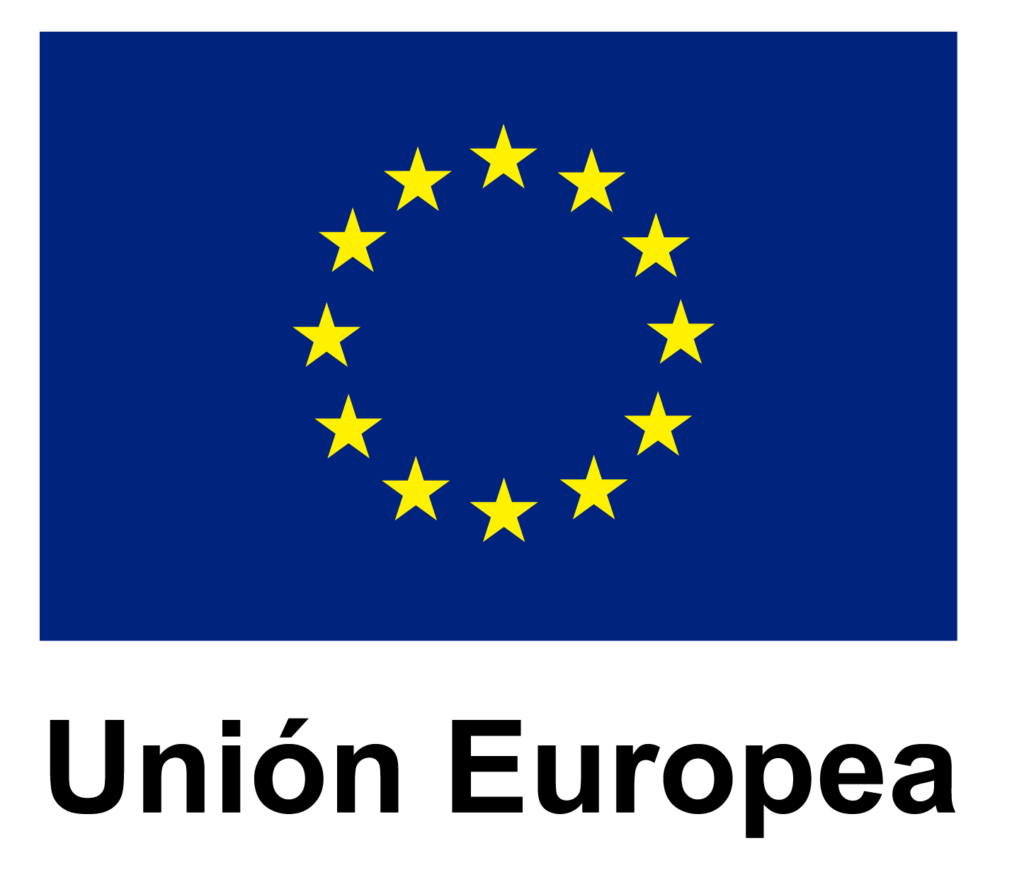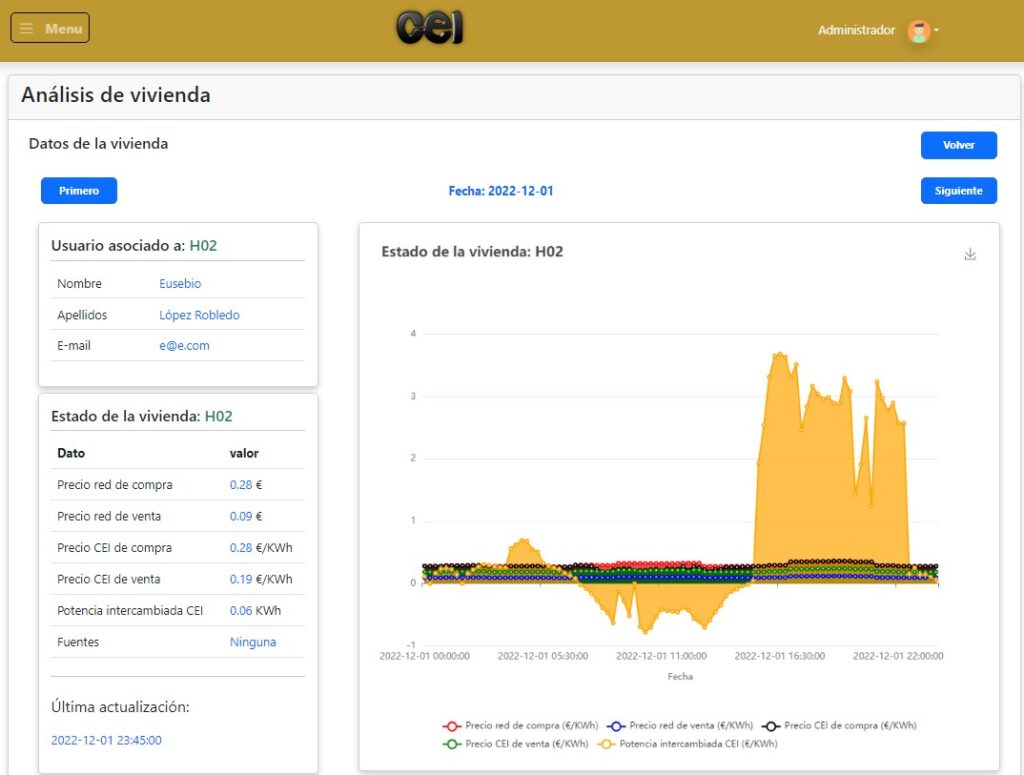


Announcement:
Convocatoria 2020 de ayudas para la realización de proyectos de interés colaborativo en el ámbito de los Ecosistemas de Innovación de los Centros de Excelencia internacional y en el Marco estratégico por el que se impulsa el desarrollo de proyectos singulares de actuaciones de transferencia en los Campus de Excelencia Internacional en las Áreas de la Estrategia de Investigación e Innovación para la Especialización Inteligente de Andalucía (RIS3 Andalucía) dentro de las actuaciones cofinanciadas por el Programa Operativo FEDER en Andalucía para el periodo 2014-2020 (BOJA, Número 132 – Viernes, 10 de julio de 2020)
Head Research: Antonio Jesús Torralba Silgado
Researchers:
- Joaquín Granado Romero. Profesor Titular.
- Clara Isabel Luján Martínez. Profesora Contratada Doctora.
Staff:
- Francisco de Borja Badillo Cruzado
- Mario Francisco Cotorruelo Jiménez
Project goals:
In a general way, the objective of this project is the design of a reference control architecture, adaptable to different types of communities (electric mobility and rural, mainly), designing the enabling elements (IoT nodes for connectivity and aggregator node for the installation of the control agent based on Artificial Intelligence), proposing the development and demonstration in operational conditions of a Use Case selected by the aggregator agents of the proposal.
In a detailed way, the project pursues:
- The definition of a reference architecture for the simplified deployment of local energy communities. This architecture includes the definition of the constituent elements, their functionality, the standard interfaces with HEMS (Home Energy Management Systems) and SmartMeters, on the one hand, and with the operator and marketer of the electricity system, as well as connectivity systems based on IoT (ZigBee and NBIoT).
- The development of the enabling elements: IoT nodes that connect the user and the distributed infrastructure, and the aggregator node that connects with the commercial operator. Their HW is developed, including interfaces and wireless remote communication systems, and the basic Sw for application integration and communication with external elements.
- The development of algorithms based on Artificial Intelligence that, based on the state of the grid, users’ consumption needs, stored energy and generation forecasts based on geographical and atmospheric conditions, determines: a) the general situation of the energy community (using classification techniques), and b) the best community management policies – load distribution and participation in generation and storage – that guarantee the sustainability of consumption with the best economic balance (using decision systems based on time series and neuro-borroneous systems with learning).

The aim of the proposal is to arrive at a prototype developed and tested in real conditions (as corresponds to a TRL 7) of a system aimed at building local energy communities, based on the proposed reference architecture. The developed system will be the basis of a distributed commercial system, installed and managed by companies in the energy services market (preferably the aggregate agents), which will allow to take a privileged position in a market which, at national level, is in an embryonic state, but which is well established in Northern Europe, and from which an exponential growth and a high turnover are expected.
Results
- Monitoring / Control nodes
The design and development of local devices for the monitoring of energy consumption and the control of the devices has been carried out. These nodes can be grouped into the following typologies:
- Smart plugs: these devices will be responsible for the control and monitoring of the loads in the home and their connection with them will be by direct contact.
- IoT Nodes: these devices are in charge of monitoring both local controllers and any device whose current is to be measured, so there are two types of IoT Node versions specified:
- IoT Node with current measuring sensorboard: this version of the node is prepared to measure alternating current with an amplitude of up to 120A thanks to the incorporation of HOBUT current transformers. The communication between the device to be measured and the node is done through this transformer and is also done directly.
- IoT node with RS485 sensorboard: this IoT node is designed both at hardware and software level for the local controllers, specifically for the smart meter and the inverter. The protocol used by these devices and for which the firmware development has been carried out is Modbus RTU, therefore, in this case the communication with these devices is carried out through this protocol.
– Integrator Device
This is a device that acts as an intermediary between the measurements sent by the inverters and meters and makes them available to the community server via an API. The integrator therefore has two interfaces that are absolutely necessary for its operation: the MQTT interface and the HTTP interface:

-Central Server
It acts as a measurement centralizer, so it will not have an MQTT module. However, it does have a module that will act as a web server, programmed in NodeJS (just like the local integrator) whose main function will be to receive data from the local integrator and serve it via API to the community server.

We have already defined the first part of the communication in the previous section, which is that the local integrator, periodically and using POST requests, sends the measurements to the central server for permanent storage.
In the second part of the communication, the server acts as a passive entity, as it listens for GET requests from the community server. Each time it receives one, it will read the request from the database, and, if it exists, it will send it in response to the community server.
From a functional point of view, the developments and algorithms implemented allow the monitoring and management of the energy consumption of a community, using balancing techniques to achieve the minimization of its consumption in general and of each of its users in particular. To do this, artificial intelligence algorithms are used, the results of which are presented and managed in a responsive user interface, which meets cybersecurity criteria as it implements secure communications (HTTPS), as well as a system of permissions based on user roles. users.

